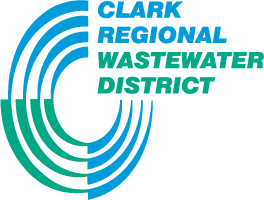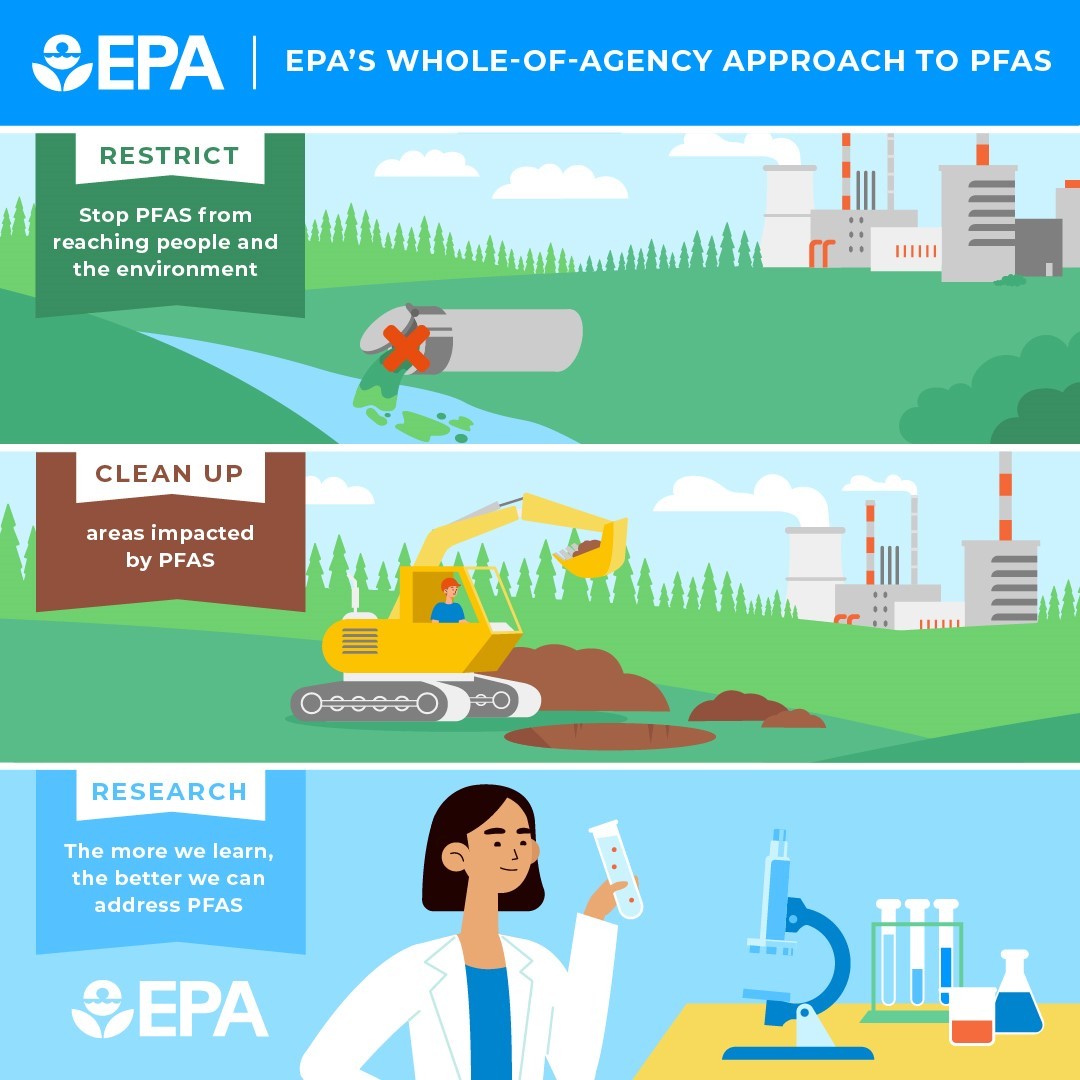PFAS
Responding to PFAS challenges will require collaboration. The District is prepared to play its role as an environmental and public health steward for the community and is taking proactive steps to address this challenge.
PFAS (per- and polyfluoroalkyl substances, often called “forever chemicals”) are a group of human-made chemicals that don’t break down. They are used in a wide variety of products, and some can accumulate in living things — including humans — with harmful effects. More detailed information about these chemicals is provided below in the section “PFAS defined.”
What You Can Do
Every one of us plays an important role in protecting our environment. The choices we make as consumers and how we dispose of products can have direct impacts on water quality. Please visit the websites listed below for more information.
Exposure to PFAS comes from everyday products we use throughout our daily life. Where possible, switching to PFAS-free products reduces not only daily exposure to these chemicals, but also helps to decrease the amount of PFAS entering the environment when they are disposed or washed down sinks and drains.
There are resources available that can be used to identify products without added chemicals. Both the EPA’s Safer Choice Program and Environmental Working Group (EWG) certify products that do not contain harmful ingredients. You can find more information at:
PFAS Defined
PFAS stands for “per and polyfluoroalkyl substances,” a large group of manmade chemicals that have been used for decades in a variety of industrial and household applications. PFAS are highly resistant to heat, water and oil. They are widely used in products such as firefighting foams, non-stick cookware, stain-resistant furniture and carpets, water-repellant clothing, cosmetics, paint and food packaging.
Two specific PFAS chemicals, known as perfluorooctanoic Acid (PFOA) and Perfluorooctane Sulfonate (PFOS), are the most widely used and studied. They have been phased out of use in the United States but replaced with other PFAS compounds in recent years.
PFAS do not break down in water, soil, or air. They can travel long distances through the environment and accumulate in plants and animals. Because of their chemical properties and their common use, PFAS are now detected all over the world, including in the blood of humans and animals, food products and the environment.



